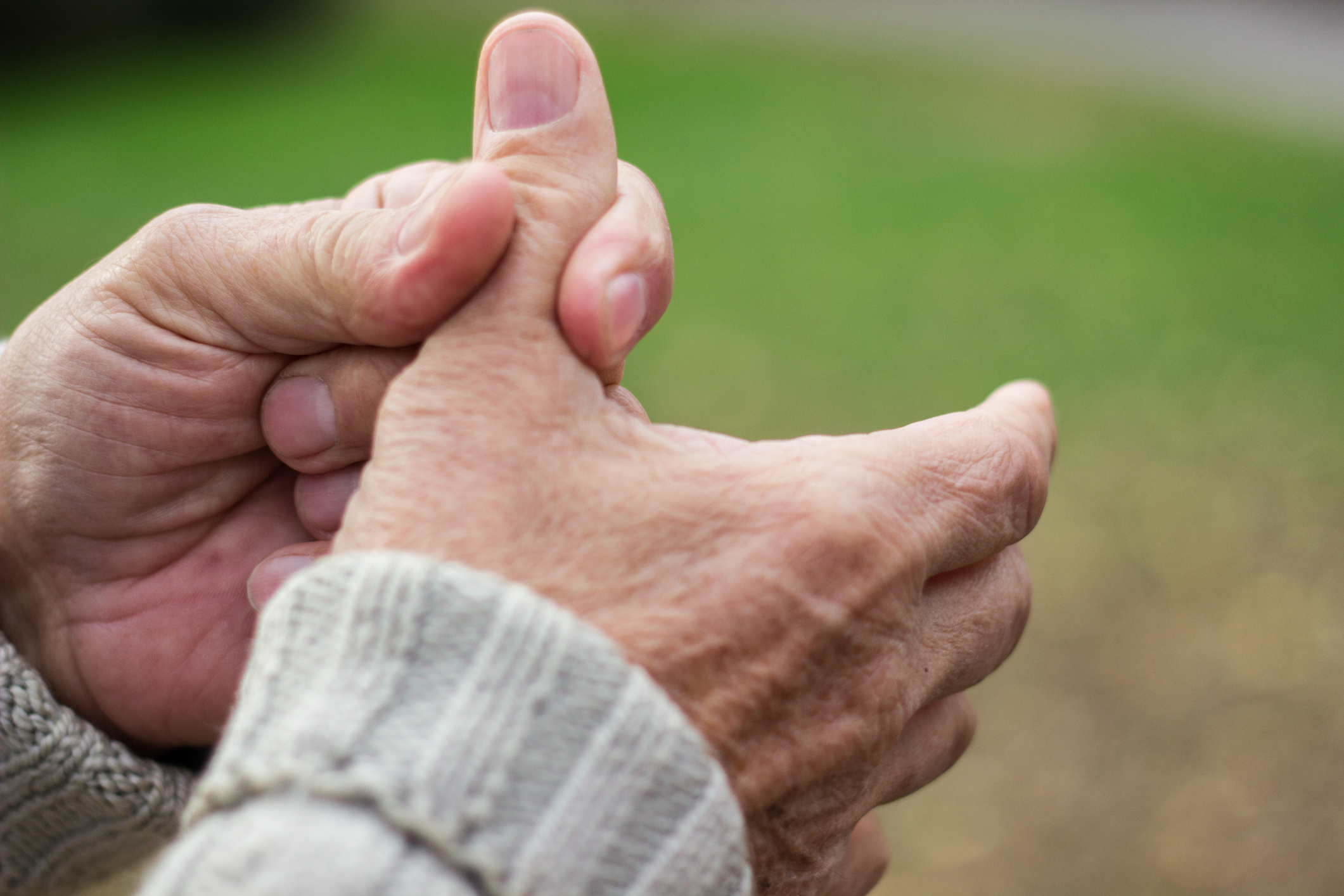Polymyalgia Rheumatica: Helpful Tips to Live Better
Polymyalgia Rheumatica (PMR) is an inflammatory disorder that primarily affects older adults, causing muscle pain and stiffness, especially in the shoulders, neck, and hips. The condition can come on suddenly and severely impact daily activities. While PMR is not life-threatening, it can be debilitating if not managed properly. Understanding the signs and management options is key to maintaining a good quality of life.
Signs and Symptoms of Polymyalgia Rheumatica

PMR is characterized by muscle pain and stiffness, but the presentation can vary from person to person. Symptoms typically include:
- Muscle Pain and Stiffness: The hallmark of PMR is aching and stiffness in the shoulders, neck, upper arms, hips, and thighs. This stiffness is often worse in the morning or after periods of inactivity and can make simple movements like getting out of bed or raising the arms difficult.
- Fatigue: Many people with PMR experience significant fatigue, which can be both a result of the inflammation itself and the disrupted sleep caused by pain.
- Limited Range of Motion: Stiffness and pain can severely limit the range of motion, affecting daily activities such as dressing, bathing, or lifting objects.
- Mild Fever: Low-grade fever, along with a general feeling of unwellness, can accompany PMR.
- Weight Loss: Some individuals may experience unintended weight loss due to chronic inflammation and decreased appetite.
- Depression: Chronic pain and limited mobility can lead to mood changes, including depression or irritability.
Causes and Risk Factors

The exact cause of PMR is unknown, but it is believed to involve a combination of genetic and environmental factors that trigger an abnormal immune response. Risk factors include:
- Age: PMR primarily affects people over the age of 50, with the average age of onset around 70.
- Gender: Women are more likely to develop PMR than men.
- Ethnicity: PMR is more common in individuals of Northern European descent.
Management of Polymyalgia Rheumatica

Managing PMR typically involves a combination of medication, lifestyle adjustments, and regular monitoring. The goal is to reduce inflammation, manage pain, and maintain mobility.
- Corticosteroids: The primary treatment for PMR is corticosteroids, such as prednisone. These drugs effectively reduce inflammation and relieve symptoms quickly. Treatment usually starts with a higher dose, which is gradually tapered down to the lowest effective dose over time. Long-term steroid use requires careful management due to potential side effects like bone thinning, weight gain, and increased blood sugar levels.
- Non-Steroidal Anti-Inflammatory Drugs (NSAIDs): Over-the-counter NSAIDs, such as ibuprofen, may be used to manage mild pain, though they are generally less effective than corticosteroids for PMR.
- Physical Therapy and Exercise: Gentle exercise, such as stretching, walking, or swimming, can help maintain muscle strength and flexibility, reduce stiffness, and improve overall well-being. Physical therapy can provide a structured approach to managing symptoms through tailored exercises.
- Calcium and Vitamin D Supplements: Since corticosteroids can weaken bones, supplements to strengthen bones are often recommended. This can help prevent osteoporosis, a common complication of long-term steroid use.
- Regular Monitoring and Follow-Up: Regular check-ups with your healthcare provider are essential for managing PMR. Blood tests, such as erythrocyte sedimentation rate (ESR) and C-reactive protein (CRP), can help monitor inflammation levels and adjust treatment as needed.
- Lifestyle Modifications: Adopting a healthy diet rich in anti-inflammatory foods, staying physically active, and avoiding smoking can complement medical treatment and improve overall health.
Aging and Quality of Life

While PMR can be a challenging condition, especially for older adults, proper management can lead to significant improvement in symptoms and overall quality of life. The focus should be on maintaining mobility, reducing pain, and managing any associated conditions. By considering age-related factors in treatment planning, healthcare providers can help individuals with PMR continue to lead active, fulfilling lives.
Prognosis and Outlook

With proper treatment, most people with PMR experience significant improvement in symptoms and can lead normal, active lives. However, the condition can recur, requiring adjustments in treatment. Early diagnosis and consistent management are key to minimizing the impact of PMR on daily activities.
While PMR can be a challenging condition, understanding the symptoms and management strategies can empower individuals to take control of their health and maintain their quality of life.